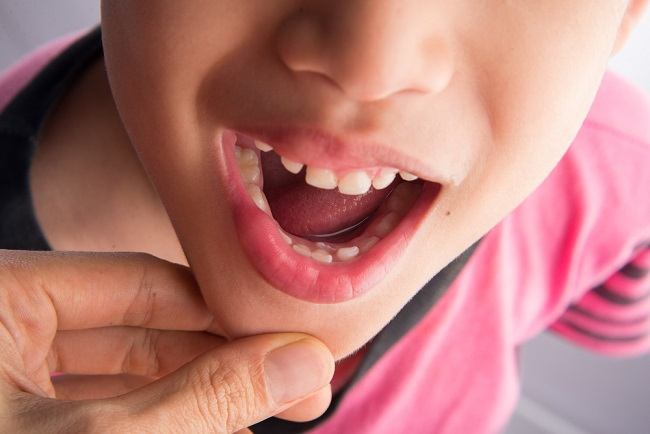Milk Teeth in Children, Growth Process and How to Care for Them
Milk teeth are the first teeth of a child before permanent teeth appear. Milk tooth growth usually has a certain order. Even though it will be dated, baby teeth still need to be cared for properly because it will affect the growth of the child's permanent teeth.
Milk teeth have many functions, including being a guardian for permanent teeth, shaping the face, and helping children speak clearly, smile, and chew food well.

P Process Growth of Milk Teeth
Formation of dental seed begins when the child is still in the womb. The process of tooth formation is very dependent on the nutrition of the mother during pregnancy. In order for a child's teeth to be fully formed, pregnant women must get adequate intake of calcium, phosphorus, vitamin C and vitamin D.
Milk teeth will appear when the baby is 6-12 months old. Milk teeth grow gradually and will be complete when the child is 3 years old. The timing of the appearance of baby teeth in children varies. This can be influenced by race, ethnicity, demographics, and nutritional intake of children.
The total number of children's milk teeth is 20, consisting of 8 front teeth (incisors), 4 canines, and 8 molars. Here is the order of the growth of baby teeth:
- Lower mandibular incisors (growing at 6-10 months of age)
- Middle maxillary incisors (ages 8-12 months)
- Maxillary side incisors (ages 9-13 months)
- Incisor side teeth (10-16 months old)
- First maxillary molars (age 13-19 months)
- Lower mandibular first molars (ages 14-18 months)
- maxillary canines (16-22 months of age)
- mandibular canines (age (17-23 months)
- Lower mandibular second molars (ages 23-31 months)
- Upper maxillary second molars (age 25-33 months)
After 4 years of age, jaws and facial bones will grow and develop to create space for permanent teeth or permanent teeth.
The growth of a child's teeth will enter the period of mixed teeth at the age of 6-12 years. In this period, children already have permanent teeth, but also still have baby teeth.
How to Take Care of Milk Teeth
Children's dental and oral hygiene need to be taken care of when their first baby's teeth are growing. This is so that baby teeth can grow well, so that the growth of permanent teeth will also be good. There are several things you can do to care for your baby's teeth, namely:
- Clean the child's teeth regularly, with gauze soaked in water or with a soft toothbrush.
- Do not let the child sleep while drinking bottled milk ( sniffed), because this habit can cause cavities.
- Check the child's teeth regularly to the dentist, since their first teeth grow.
Milk tooth growth in children can begin at different ages, and sometimes the order is also not as mentioned above. Even so, if the baby's teeth do not appear after the age of one year or the order of teething is far behind schedule, it is better to take the child to the dentist for further examination.
Written
d rg. Robbyk h a Rosalien , M.Sc (dentist) Label : Family
Comments
Post a Comment